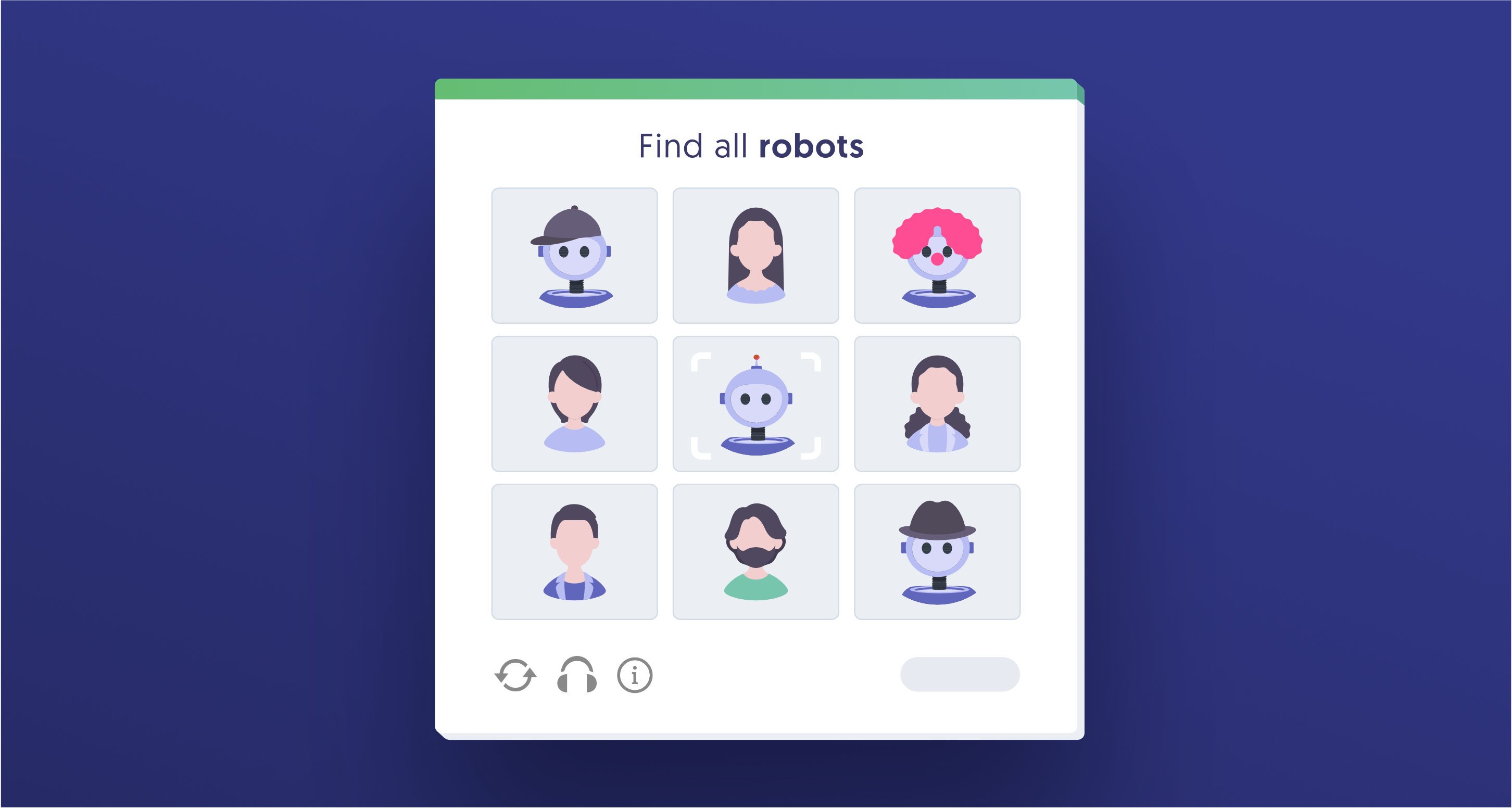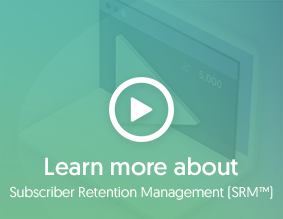
The popular belief is that humans are better than machines. So what about machine learning? Why is it so popular and how can we all benefit from it?
After reading this article, you will know the answers to the following interesting questions:
- Are humans better at learning? If so, why?
- How can machine learning predict subscriber behaviour?
- Why do we have to struggle with CAPTCHA?
How exactly do machine’s learn?
To settle who is better at learning, we have to define what learning is. In Cambridge Dictionary we can find two definitions important for us:
- learning - an activity of obtaining knowledge;
- knowledge - a state of knowing about or being familiar with something.
As it follows from definitions, learning is just the process of acquiring new information or skills - either by study or by experience. Everyone knows how humans learn. As a matter of fact, you are doing it right now, but how is it possible for machines?
Thanks to machine learning algorithms, a model is able to recognize patterns. After seeing enough of them, it can begin to make predictions. Such a model, for example, can recognize if the object in a picture is a dog or not, based on many dog photos from training dataset. However, since machines only recognize patterns, we can’t use pictures of a Maltese dog and expect our model to recognize a German Shepherd.
We can say that humans are better than machines at learning, because humans learn instinctively and are more versatile than any machine. For example, to sort these teddy bears by color and predict how big the next plushy will be, we need two different algorithms for a task that a child can do.

The greatest advantage of humans is an ability to apply their knowledge to solve problems in new domains. For example, a human with knowledge of what a car looks like will easily figure out what a truck is. On the other hand, without retraining on a new dataset with images of trucks included, machines will be useless. This is because machines don't really know what a car is, but only recognize patterns related to what a car looks like.
What are the benefits of machine learning over humans?
Machine learning shines when we have a really specific task, and we optimize our model to do one thing extremely well. In this scenario, machines have 3 big advantages over humans:
- Scalability - we can use bigger and bigger datasets and all we have to worry about is computing power.
- Speed - a specialized model will be much faster than any human.
- Cost - a machine is cheaper than a human.
How can machine learning predict subscriber behaviour?
Cleeng's analytics tool, ChurnIQ uses machine learning to predict subscriber behavior based on previous activities. For example we can provide:
- The probability of churn
Machine learning can be used to select a group of subscribers with risk of churn. Higher probability indicates higher risk of churn in the next billing period. Publishers can target such risk groups with actions and communications to re-engage the customers.
- The main reason behind predicted churn
ChurnIQ also uses machine learning to locate the reason behind your customers churning. Publishers may then take some actions based on this reason, to retain subscribers at risk of churn.
For example, high-risk subscribers with low consumption as the main churn reason, can be targeted with information about new, interesting content on the publisher's platform. For humans, prediction of such a complicated problem is impossible, because observation and forecast for millions of subscribers is beyond any human capacity.
On top of that, automatization of this process enables us to perform this prediction several times a day. That way, we are sure that our predictions and actions based on them are tailored to your subscribers.
- Prediction of account creation
Thanks to linear regression, we can forecast how many people will register and approximate how much revenue they will bring for a publisher in the current week. This can be helpful in planning marketing actions, and gives a good indication of how well a business is doing. Again, something that is easy for a machine, and much more challenging for a human.
Why is CAPTCHA getting harder?
The main reason for CAPTCHA (Completely Automated Public Turing test to tell Computers and Humans Apart) is determining if a user is a human. A side product of this test is human-labeled visual data. Nowadays, when data is the new oil, it would be unwise not to take advantage of such a resource. Especially when the company standing behind the most popular CAPTCHA (reCAPTCHA) is Google.
For me, the newest and most difficult form of CAPTCHA is recognition of objects from the drivers’ perspective. We have to label cars, trucks, traffic lights and signs. This is especially interesting because of the autonomous driving technology development company called Waymo. It is a subsidiary of Alphabet Inc, the parent company of Google. For all we know, in the future we may see autonomous cars which all of us helped to train.
Can machines beat people at learning?
So the answer is yes, humans are better at learning and today we don't have to worry about scenarios similar to those we know from the Terminator or Matrix franchises. What is certain is that machines will become better and better at tasks that right now are exclusive for humans, and we can take advantage of this.
What's to come?
One of the most interesting features that we want to provide in ChurnIQ is AI-based insights. The current version of the ChurnIQ dashboard can present you with essential information, and link this to possible marketing solutions.
However, in the future, we plan to use machine learning to generate natural language reports that will inform readers about anomalies in data. For example, such a report might be able to display short messages about detected problems, like “higher churn rate due to PayPal as payment gateway”.
This format of reporting means less data analysis skills required for ChurnIQ-users, as well as less time spent pouring over dashboards to find issues. At the moment, this solution is just a concept, but we intend to introduce even more machine learning-based innovations in Cleeng, so let's see what the coming years will bring.
So whenever you sit in an autonomous car or prepare a marketing campaign based on our predictions, remember that it requires the relevant data, human work and a lot of computing hours. Right now, machines are better only at specific tasks, but in the future, our silicon friends may become better at learning in general than us.
Having that in mind, next time when your computer freezes, you may try to gently shake it, instead of hitting it.
Learn more about about predicting and preventing churn through intelligence:




